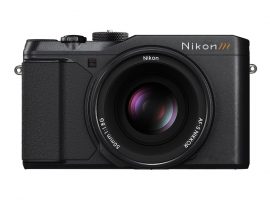
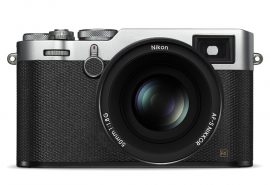
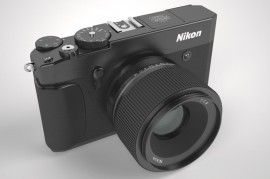
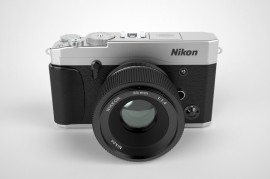
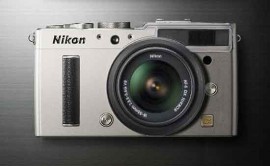
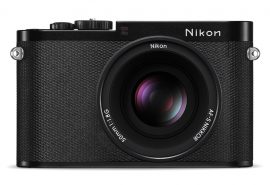
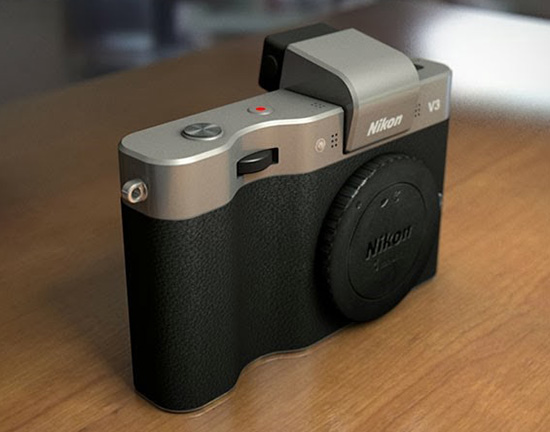
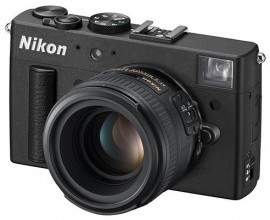
Continuation to my post from earlier today: there could be multiple reasons why Nikon is still not releasing their mirrorless solution. All previously announced mirrorless cameras from other companies were not perfect and they all had some serious disadvantages. Just in the past year, we started seeing mirrorless cameras with improved EVF (Leica SL), dual memory cards (Fuji X-T2), better battery life (Sony a9) and other improvements. Maybe Nikon is simply waiting for the tech to mature and to see what works on the expense of other company’s R&D budget and then jump in with the perfect mirrorless solution? A few days ago Thom Hogan made a very good commentary on this topic here on [NR] – it’s worth the read:
It’s ironic that I–who have for so long outlined Nikon’s product mistakes–find myself in the position of defending them on mirrorless.
Simply put, Nikon has one chance at serious mirrorless. Putting something out before it is ready, before it is class beating, before it is refined, will kill Nikon faster than anything else. Being late with a really great mirrorless product is better.
It’s better because the legacy lens overhang can and will win them back customers if Nikon does it right.
The comparative here is the D1. Nikon got trounced by Canon in the 90’s and probably would have been the next film camera company to go underwater had digital not came. The F5, while a tour de force of engineering, was a market dud, and had launch issues that made the dud into a thud. The D1 completely reversed Nikon’s fortunes. But boy it was a close call, because the D1 had serious issues. Fortunately, Nikon very quickly addressed those with the D1h/D1x.
But the D1 was “first.” This time around Nikon will be “last.” There’s no margin for error in that. If Nikon gets serious mirrorless wrong, all hell breaks lose for them.
“Wrong” means anything less than an A7 in all aspects of performance. And not the original A7, but whatever is current when Nikon launches.
So, what Nikon needs is an M1. An M1 that makes all us DSLR users go “wow.” That’s not coming in 2017. What does come, comes in 2018. Let’s hope it’s an wow M1.
That’s the monopolist/duopolist advantage: you can let competitors churn through and prove what really works in the market shift. In essence, you get free research while milking your cow.
Now, here’s the tough part: you need to understand what you learned and do it right, or else you will find yourself going from leader of the pack to back of the pack or worse. A lot of companies have succeeded in milking their old product but, despite seeing the shift clearly, missing when their products tried to shift. A few just denied the shift and then didn’t survive at all. If you look through the computer industry, you see example after example of these. Somehow, HP has just managed to stay relevant and large. Others, like DEC were absorbed by a competitor they underestimated.







